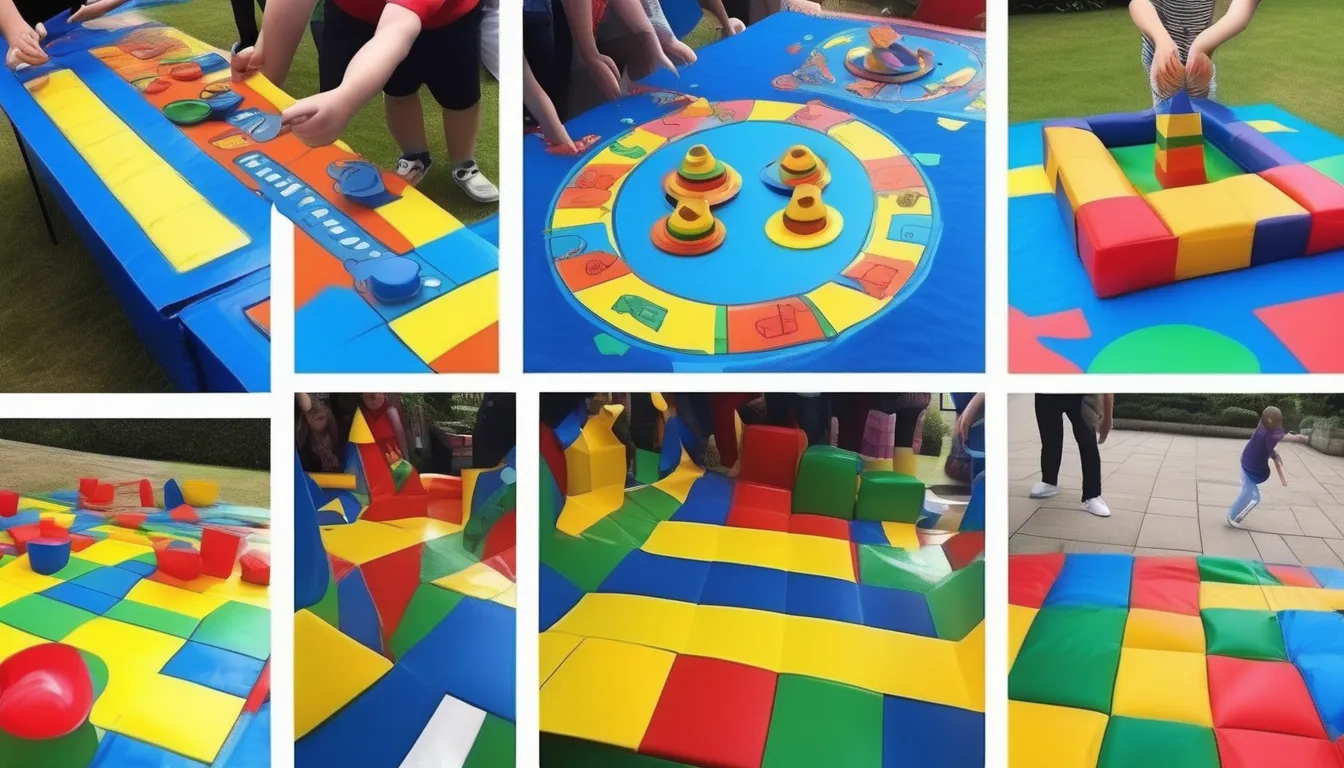Exploring New Frontiers Dr. George Freundlich’s Medical Innovations

You’re likely no stranger to medical breakthroughs that seem to be transforming the healthcare landscape overnight. But have you ever stopped to think about the individuals behind these innovations? Dr. George Freundlich is one such pioneer, whose work in personalized medicine, advanced imaging, and regenerative medicine has been making waves in the medical community. As you learn more about his remarkable journey, you’ll discover how his tireless efforts have led to improved patient care and outcomes. But what drives someone to dedicate their career to pushing the boundaries of medical knowledge, and what’s next for this visionary researcher?
Early Life and Education
Dr. George Freundlich, a renowned figure in medical innovation, was born into a family that valued education and intellectual pursuits. As you delve into his early life, you’ll find that his upbringing played a significant role in shaping his future.
Freundlich’s parents encouraged his curiosity, providing him with a nurturing environment that fostered his passion for learning.
As you explore his educational background, you’ll discover that Freundlich attended some of the most prestigious institutions of his time. He pursued his undergraduate studies with dedication and perseverance, laying the foundation for his future success.
His academic achievements earned him a spot in a top-tier medical school, where he honed his skills and developed a deep understanding of the human body.
Freundlich’s education was marked by a strong emphasis on science and research. As you examine his early years, you’ll find that he was particularly drawn to the fields of medicine and technology.
His academic pursuits set the stage for his future innovations, which would go on to revolutionize the medical world.
Pioneering Medical Research
Breaking new ground in medical research, Freundlich’s work would have far-reaching consequences for the field of medicine. You see him working tirelessly in his laboratory, pouring over data, and conducting experiments that push the boundaries of human knowledge. His research focuses on understanding the underlying mechanisms of various diseases, and he’s not afraid to challenge conventional wisdom.
As you delve deeper into Freundlich’s research, you notice a pattern of innovative thinking and a willingness to take calculated risks. He collaborates with other experts in the field, sharing his findings and learning from their experiences.
This approach not only accelerates the discovery process but also fosters a sense of community among researchers.
Freundlich’s dedication to medical research has earned him recognition within the scientific community. His work is published in prestigious journals, and he’s invited to present his findings at conferences worldwide.
You realize that his contributions to medical research aren’t only significant but also pave the way for future breakthroughs. By understanding the intricacies of human health, Freundlich’s research sets the stage for the development of groundbreaking medical innovations.
Breakthrough Medical Innovations
Breakthrough Medical Innovations
Groundbreaking medical innovations are born from the culmination of dedication, innovative thinking, and a relentless pursuit of knowledge. As you delve into Dr. George Freundlich’s work, you’ll discover the profound impact of his breakthroughs on the medical field. His innovative approach to medical research has led to the development of novel treatments, therapies, and diagnostic tools.
| Innovation | Description | Impact |
|---|---|---|
| Personalized Medicine | Tailored treatment plans based on individual genetic profiles | Improved treatment outcomes and reduced side effects |
| Advanced Imaging Techniques | High-resolution imaging modalities dr george freundlich enhanced disease diagnosis | Early detection and treatment of diseases |
| Regenerative Medicine | Therapies that harness the body’s natural healing processes | Restoration of damaged tissues and organs |
As you explore Dr. Freundlich’s body of work, you’ll notice a common thread – a passion for pushing the boundaries of medical knowledge and a commitment to improving human health. His breakthrough innovations have paved the way for new medical frontiers, inspiring a new generation of researchers and clinicians to follow in his footsteps.
Transforming Patient Care
Building on his groundbreaking medical innovations, you’re about to see how Dr. George Freundlich revolutionized patient care. By combining cutting-edge technology with a patient-centered approach, Dr. Freundlich aimed to improve healthcare outcomes and enhance the overall patient experience.
You’ll notice that his innovations focused on streamlining communication between patients and medical professionals, ensuring that patients receive accurate and timely information about their treatment options.
Through his work, Dr. Freundlich empowered patients to take a more active role in their care, allowing them to make informed decisions about their health.
By developing user-friendly interfaces and accessible resources, Dr. Freundlich bridged the gap between medical professionals and patients, promoting a more collaborative approach to healthcare.
His efforts also led to the development of more personalized treatment plans, tailored to each patient’s unique needs and circumstances.
As a result, patients experienced improved health outcomes, reduced recovery times, and enhanced overall satisfaction with their care.
Legacy and Impact
As Dr. George Freundlich‘s medical innovations continue to shape the healthcare landscape, you’re likely to notice his lasting impact on the industry. His pioneering work has paved the way for future generations of medical professionals, inspiring them to push the boundaries of what’s possible.
Dr. Freundlich’s dedication to improving patient care has left a lasting legacy, and his influence can be seen in the countless lives he’s touched.
You can see Dr. Freundlich’s impact in the many medical professionals he’s mentored and guided throughout his career. His passion for innovation has sparked a chain reaction, encouraging others to pursue their own groundbreaking research and discoveries.
You can also see his influence in the policies and procedures he’s helped develop, which have become standard practice in many medical institutions. Dr. Freundlich’s legacy serves as a reminder that one person can make a significant difference in the world, and his contributions to the medical field will continue to be felt for years to come.
His impact will undoubtedly inspire future medical innovators to strive for excellence.
Conclusion
As you reflect on Dr. George Freundlich’s remarkable journey, you see a legacy of innovation and transformation. His groundbreaking work in personalized medicine, advanced imaging, and regenerative medicine has redefined patient care. You’re witnessing the impact of his pioneering spirit and collaborative approach. Dr. Freundlich’s medical innovations have opened doors to improved treatment outcomes, reduced side effects, and enhanced patient satisfaction – a testament to his unwavering dedication to medical progress.










